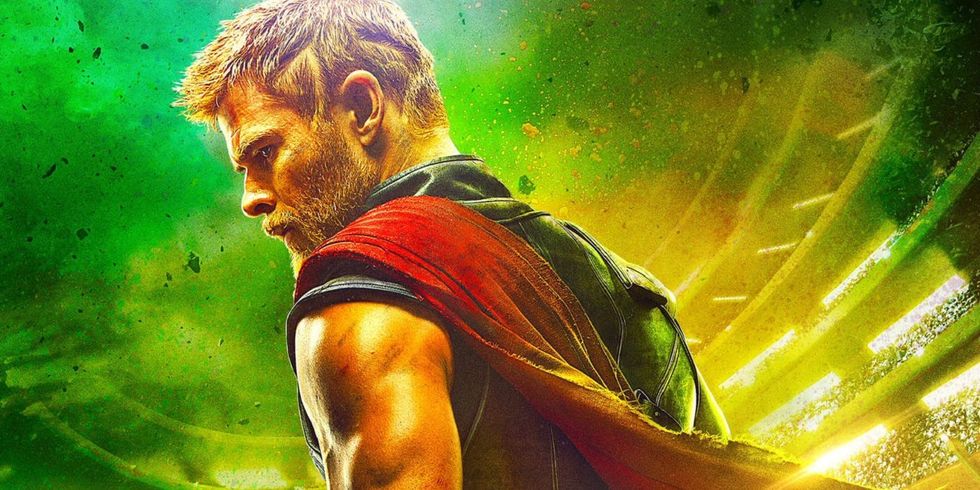When it comes to movie watching, there's nothing I prefer over science fiction and fantasy. I can imagine enough of the real world on my own, but I appreciate someone taking the time to introduce me to a new one that I might fall in love with. In recent years, there's been no shortage of stories set in these genres, because in addition to some really great films rolling out in the past decade, there have been copious and in some cases arguably excessive amounts of sequels for them (here's looking at you, Transformers 5).
Sequels happen in every genre, but science fiction and fantasy movies are far more likely to produce spin-offs than other genres of film, because the writers and filmmakers spend so much time on world building that they often feel the need to return to unearth a little more of that reality's story. Otherwise, all of that time (and for film studios, all of that money) is spent on a one-trick pony. The problem with this is that sequels are notoriously worse than the films that birthed them, with a few notable exceptions that come to mind. Empire Strikes Back. The Wrath of Khan. Superman 2.
But where the Marvel movies are concerned, there’s been more losses than wins in the sequel category. While I am of the opinion that any Marvel film is better than no Marvel film, there’s no doubt been a decline in the quality of the story with most of the sequels. Iron Man 2 lacks the same heart that’s present in Iron Man, The Dark World has a much less compelling villain than Thor, and Age of Ultron lacks the same magic that permeated the screen in Marvel’s The Avengers. The one notable exception has been Winter Soldier, which resonated with audiences because of its very personal story and did one thing that no other Marvel film had done up until that point – it focused on getting better, not just getting bigger.
Thor: Ragnorak is the first movie in Marvel’s film dynasty that manages to do both. It’s bigger. There’s no doubt about that. But it’s also much, much better.
The comedy elements that are present get some credit for this. There’s always been more humor in Marvel films than those of their distinguished competition, and the laughs in Ragnorak are well-timed, skirting the line between being indulgently corny and genuinely funny in a way that most action-adventure films can’t pull off. And the cast deserves some credit as well. You could put Tom Hiddleston and Chris Hemsworth in a two-hour long mattress expo commercial and I’d watch it twice.
All of this is makes for a highly entertaining two hour thrill ride, but the real defining trait that sets Ragnorak apart from other sequelsis in the way that it balances being both a great Thor movie with also being a good next installment in the Marvel Cinematic Universe. As a Thor movie, it has tremendous heart. It completes a character arch that the Odinson has been on since Thor first hit theaters in 2011. But it also feels firmly set in the Marvel Cinematic Universe, and it manages to do this in an organic way, not through gratuitous references or cameo appearances.
When Thor and Loki first arrive on earth in the middle of act one, it should come as no surprise that Doctor Strange whisks Loki away until Thor can explain why they’ve come back to earth. He is the Sorcerer Supreme tasked with protecting earth from other-worldly threats, and Loki is most definitely an other-worldly threat worth monitoring. Doctor Strange shows up because the story demands it, not because Benedict Cumberbatch needs a payday or because Marvel knows it will make all the spider-senses of their fanboys tingle. It’s not a surprise to see these other characters show up and for the first time in a Marvel film, that doesn’t feel rehearsed or forced. The Marvel Cinematic Universe finally has a heartbeat of its own, with a world existing between each of the films that feels naturally inhabited by its characters.
This is one of the things that really sets Ragnorak apart from other Marvel sequels, and as a longtime fanboy, my hope is that it represents a new trend and not a happy accident.


















